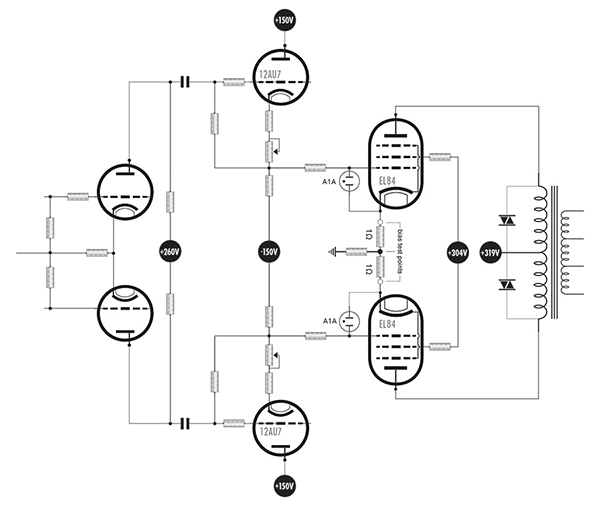Originally posted by Chuck H
View Post
I'm not familiar with any of those amps, but if any have FX loops, they would already have a point in the circuit with pretty low signal levels (at the FX send, and FX return). It might have made sense to put the EQ bits in one of those locations.
-Gnobuddy
 . Maybe you could verify it? The equation that I use is directly in the subcircuit definition. If you find it incorrect, you can modify the subcircuit (even with your equations).
. Maybe you could verify it? The equation that I use is directly in the subcircuit definition. If you find it incorrect, you can modify the subcircuit (even with your equations).





Comment